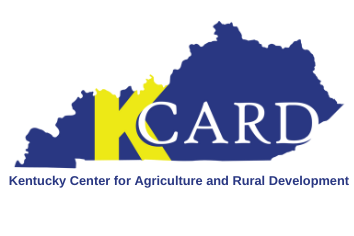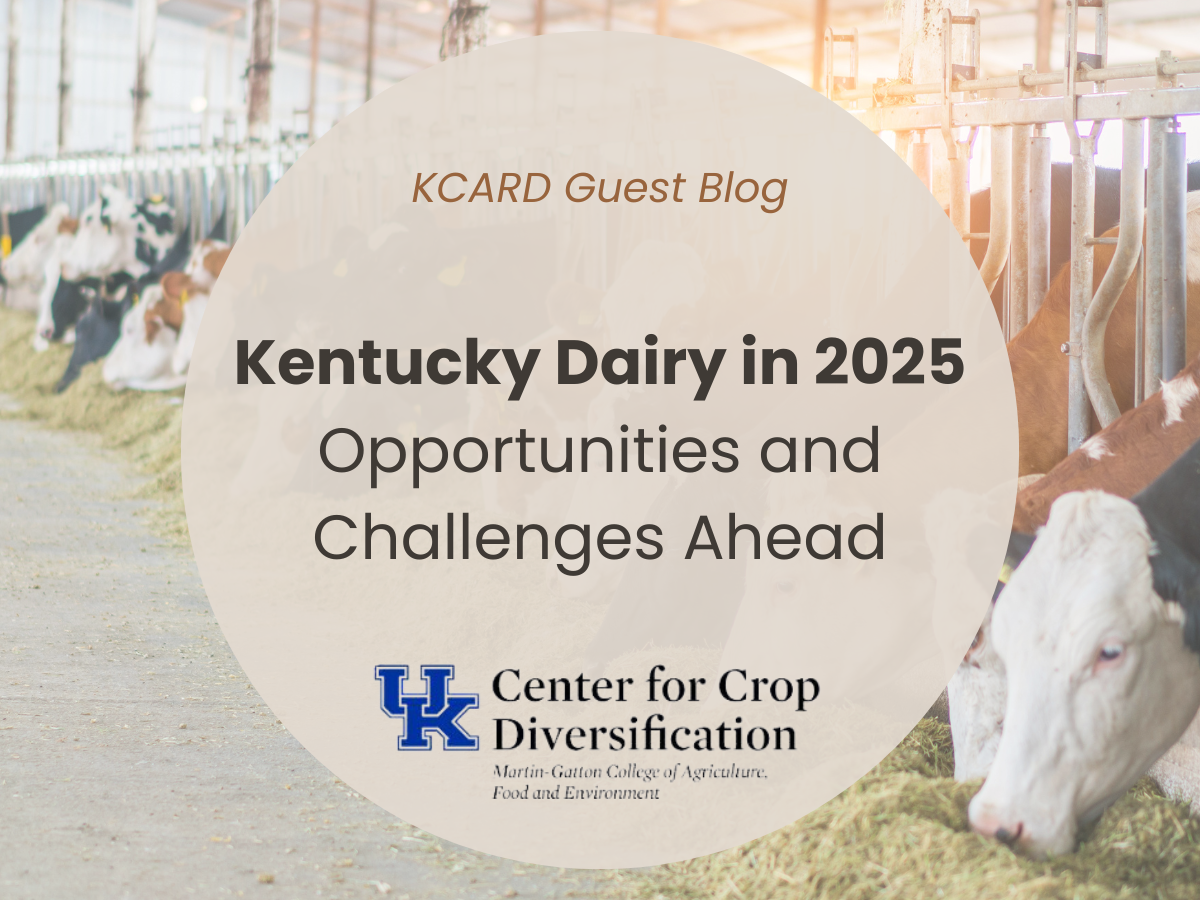Direct marketing is a wonderful way to promote your farm and fulfill a need for consumers. Our guest blogger, Dr. Gregg Rentfrow, has been with the University of Kentucky Cooperative Extension program since 2006 as the Meat Specialist. Dr. Rentfrow works closely with meat and livestock producers, and the 4-H and FFA programs in the state to provide training and education about meat production. Dr. Rentfrow is a trusted and valued resource for KCARD wit his extensive knowledge of the meat and livestock industries and has participated in several KCARD Marketing Locally Grown Meat workshops in the past.
Understanding Cost of Goods Sold (COGS)
If you look at a Profit/Loss statement (also called an Income Statement), you will often see Cost of Goods Sold (COGS) broken out from other expenses. What are these and why break them apart?
Costs of Goods Sold are expenses that are directly attributed to the amount of production. COGS are reported on the Income Statement and are segregated from Operating Expenses, which are expenses that are not directly tied to production.
Q&A with Olivia: Local Food, Increasing Your Markets
Olivia Vogel, KCARD’s new Local Food Project Coordinator, took a little time to answer some questions about herself, the new Local Food Initiative Expansion Project, and give some helpful tips for producers interested in expanding their markets.
Management Tips for Agribusinesses in the Time of COVID
Dr. Steve Isaacs has been with the University of Kentucky Cooperative Extension program for over 28 years, specializing in farm management programs such as farm financial management, human resource management, and the economics of injury prevention. Dr. Isaacs is a trusted and valued resource for KCARD with his extensive knowledge in agricultural economics and business management. He has also been a mentor or instructor for many KCARD staff over the years.
Why Do We Obsess about Financial Statements?
If you ask any KCARD employee where they turn to first in a business plan they receive, there’s a good chance that – after reading the summary of what the business is wanting to do – the profit/loss statement will be the first page reviewed. We will start looking at how revenue was calculated and whether the expense lines show everything that we expect to see in that particular business. In the next few weeks, we will be going into more detail on how to develop financial projections, stay tuned.
Direct to Consumer Beef Webinar Series
A Direct-to-Consumer Beef Webinar Series will be presented on the evenings of July 14, 15, and 16 to help producers new to selling beef with production practices, processing, and sales and marketing questions. Kentucky Center for Agriculture and Rural Development, Kentucky Cattlemen’s Association, and the University of Kentucky are coming together to present information that should help producers navigating beef sales for the first time.
Direct to Consumer Meat Business Resources
If you are new to direct meat sales and have just read our blog posts about having your meat processed for the first time and pricing your meat for profit, we’ve pulled together some more resources for you to explore.
KCARD’s Local Food Expansion Initiative
The Kentucky Center for Agriculture and Rural Development (KCARD) is launching the Kentucky Local Food System Expansion Initiative to expand the work of multiple organizations that have laid a foundation in Kentucky for local food purchasing. Organizations involved in the project include the Kentucky Department of Agriculture, Kentucky Horticulture Council, Feeding Kentucky, Bluegrass Farm to Table, the University of Kentucky, and the Community Farm Alliance.
Social Selling – What it means to your online marketing
Chances are you are already doing some social selling if you have a Facebook business page, Instagram business page, or professional Twitter page. So, what is social selling? It is the art of using social media to find, connect with, understand, and nurture sales prospects. In short, it is the modern way to connect with current and potential customers to develop meaningful relationships. The goal with social selling is to bring value to your customer by anticipating their needs rather than just spamming them with “buy now” posts. We’ve put together some best practices to include with your social selling strategy.
Email Marketing 101: What is it? Why it’s Important to Your Business.
Did you know that the average email subscriber receives about 13 commercial emails each day? How does your business break through that fog of emails to reach your customer? We’ve included a few tips below to help you get started, in addition to these marketing basics.















